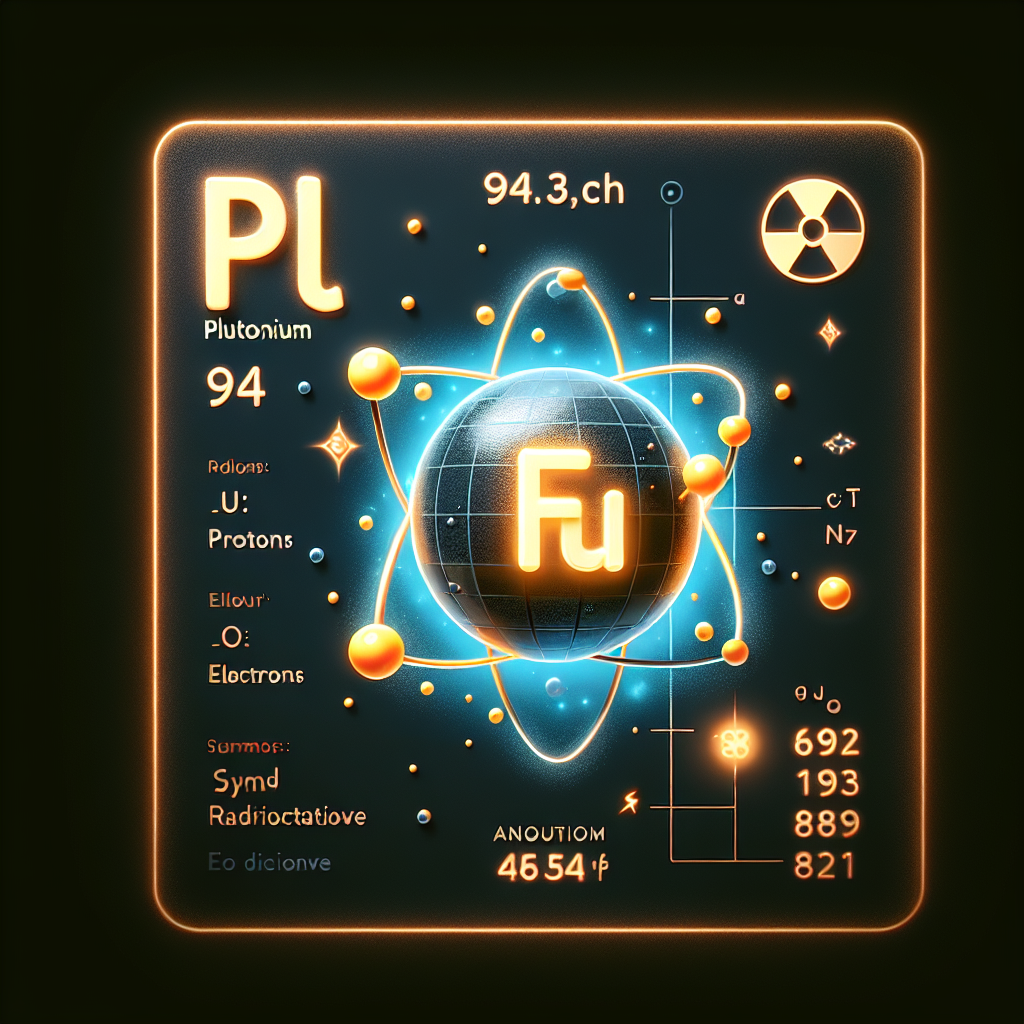Trump's Plutonium Plan: Power Boost or Nuclear Risk?
The Trump administration plans to offer 20 metric tons of surplus Cold War-era plutonium to U.S. power companies as reactor fuel. The move aims to bolster nuclear fuel supply chains but raises safety concerns. Industry would cover transport and facility costs, and the decision remains under discussion.

The Trump administration is exploring the release of approximately 20 metric tons of surplus Cold War-era plutonium to U.S. power companies, aiming to utilize it as a potential reactor fuel source, according to informed insiders and a draft memo outlining the plan. The proposal stems from an executive order issued by President Trump in May, directing the cessation of current plutonium disposal programs in favor of deploying the material in advanced nuclear technologies.
The Department of Energy plans to soon invite industry proposals for this initiative, yet specifics of the plan remain in flux, the source notes, urging caution as the final details might shift after further discussions. Under this draft plan, the industry would access plutonium at minimal costs but bear expenses for its transportation, processing, and the construction or decommissioning of relevant facilities.
This initiative leverages a 34-metric-ton stockpile of weapons-grade plutonium. While the endeavor promises to support a burgeoning power sector, experts express concerns over safety, highlighting past failures of similar projects. Despite its advantages, the proposal has sparked intense debate about the risks and benefits of utilizing surplus plutonium for power generation.
(With inputs from agencies.)










